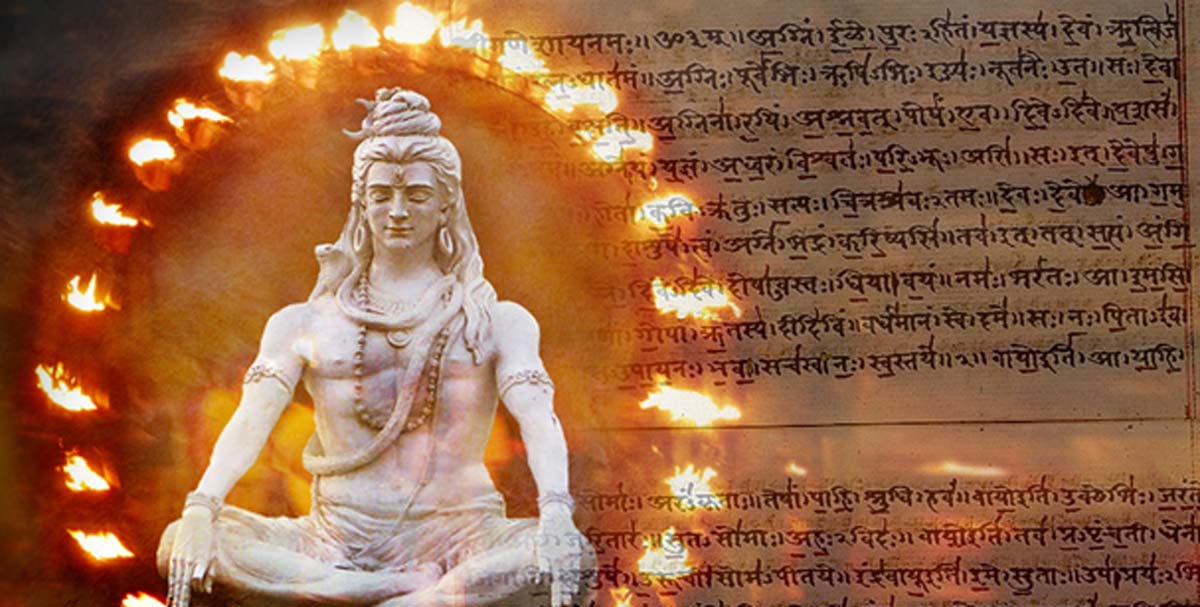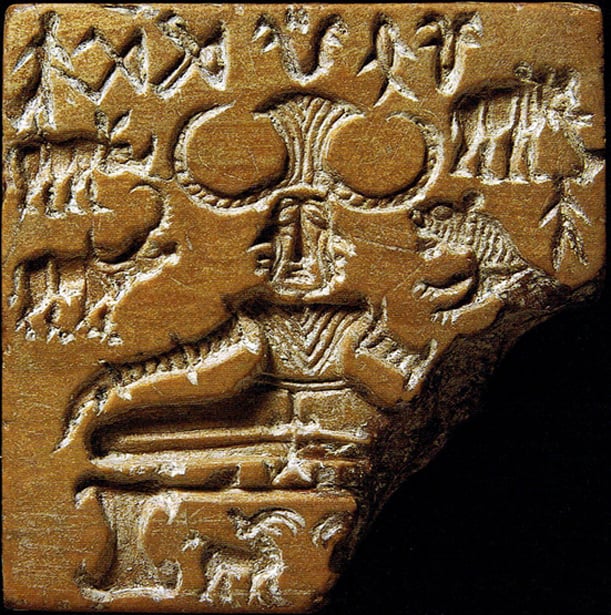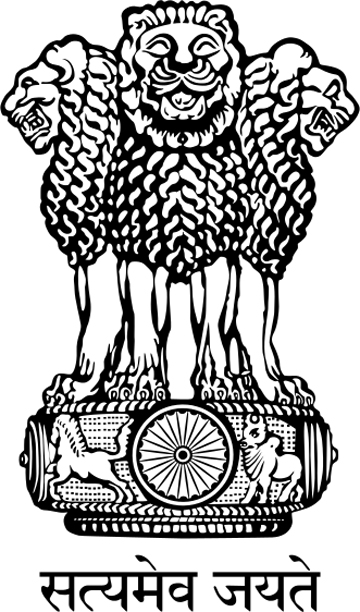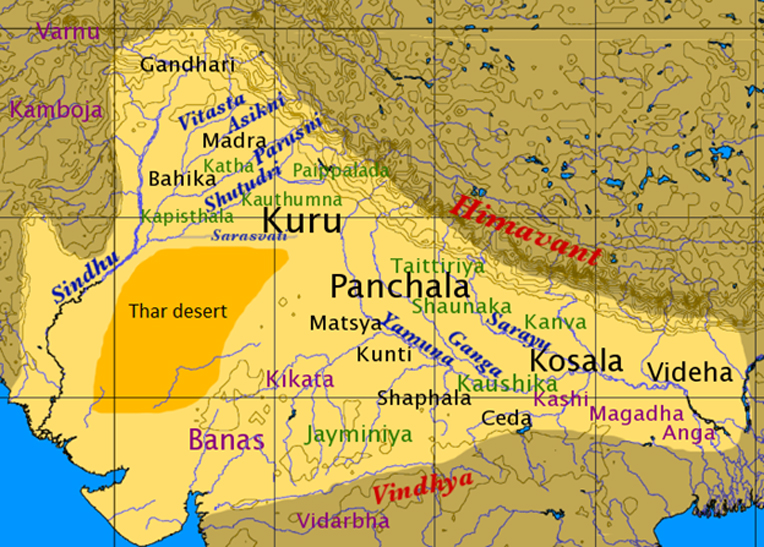
Primordial Giants and the Lord of Immortality: The Hindu Creation of the World
In a striking difference to other major religions, Hinduism is carried by a mixture of intellectual and philosophical viewpoints rather than a fixed set of beliefs. Because of this there are various creation myths that sometimes appear to be at variance with each other.
Ancient Origins
Hindu is the Persian name for the Indus River that flows through the north-western part of the Indian subcontinent. Several thousand years ago this river valley saw the rise of a great culture that covered an area the size of Western Europe. It was the largest of the four ancient civilizations—before that of Mesopotamia, Egypt and China. The connection between the Indus Valley people and the Vedic civilization of north and north-western India has over time been muddied by the theory known as the Aryan invasion.

Pashupati seal, Indus Valley civilization, has drawn attention as a possible representation of a "yogi" or "proto-siva" figure. 2600–1900 BCE. (Public Domain)
19th century scholars believed that Sanskrit originated in Europe or Western Asia and would therefore have come to the Indian sub-continent through an invasion of Indo-Europeans who conquered the existing Dravidians. It was thought that these Aryan invaders brought with them their Vedic rituals and customs. New research is beginning to show that this might not be the case.
Truth Alone Triumphs
Satyameva Jayate, “Truth Alone Triumphs”, is the national motto of India, yet few know that it is Vedic in origin. The word veda translates as knowledge, coming from the Sanskrit word vid, denoting understanding, learning or having a correct notion of.

The national emblem of India is derived from the time of the Emperor Ashoka. The emblem is a replica of the Lion of Sarnath, near Varanasi in Uttar Pradesh. The four lions symbolize power, courage and confidence, and they rest on a circular abacus. Beneath is written ‘Satyameva Jayate’. (Public Domain)
Vedas, the Sacred Scriptures
Considered the most sacred scriptures of Hinduism, the Vedas are referred to as sruti, meaning what was heard by or revealed to the rishis or sages. The holiest hymns and mantras are collected together into four separate works named the Rig, Sama, Yajur, and Atharva Vedas.





